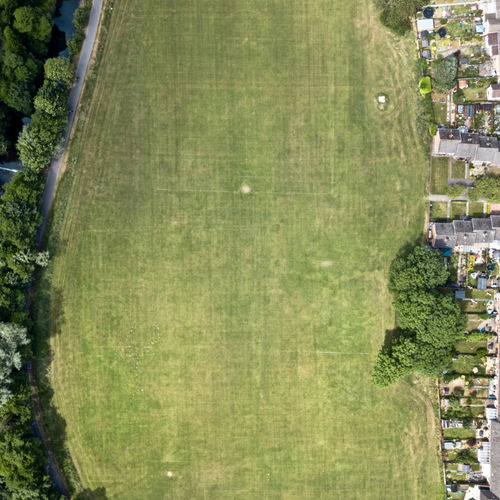Buying your first home is a major milestone—but what if you could make that purchase work double-duty as a long-term investment? Whether you’re planning to live in it or rent it out down the line, understanding how to spot a great investment property can set you up for financial success, even if this is your very first step into real estate.
Here’s what savvy buyers are looking for in 2025—and how you can think like an investor from day one.
1. Location, Location… Future Location
Everyone knows location matters, but investment-minded buyers look beyond current amenities. Ask: Is this area growing? Are new schools, businesses, or infrastructure being developed nearby? An up-and-coming neighborhood may offer lower entry prices now and higher returns later.
2. Strong Rental Potential
Even if you’re planning to live in the home now, think about its future rental appeal. Look for areas with high rental demand, proximity to major employers or universities, and access to public transit. Homes with separate entrances, multiple bedrooms, or ADUs can make future renting easier and more profitable.
3. Favorable Price-to-Rent Ratio
This ratio helps determine whether a property is better suited for buying or renting. It’s calculated by dividing the purchase price by the annual rental income. A lower ratio (typically under 20) can signal a solid investment. Even if you don’t plan to rent right away, knowing this number gives you a smart benchmark for future planning.
4. Value-Add Opportunities
Cosmetic upgrades—like modernizing kitchens, painting walls, or landscaping—can dramatically boost a home’s value without breaking the bank. Properties that “need a little love” often offer better investment potential than fully updated homes, especially if you’re willing to do some work yourself or hire affordable contractors.
5. Low Ongoing Costs
Hidden expenses can eat away at potential profits. Look for homes with newer roofs, updated HVAC systems, and energy-efficient features. These can reduce maintenance costs and appeal to future buyers or renters.
6. Resale Flexibility
Smart investors consider their exit strategy before they buy. Will this home be easy to sell later? Does the layout appeal to a broad audience? Homes in desirable school districts, walkable areas, or with popular features (like open-concept kitchens or home offices) tend to hold value longer and sell faster.
Bottom Line: Think Beyond the First Chapter
Your first home can be so much more than just a place to live—it can be the foundation of your financial future. By thinking like an investor from the start, you’ll make a smarter purchase that grows with you, whether you live in it, rent it, or eventually sell for a profit.
Need help finding your first (and best) investment-worthy home? Let’s connect.


